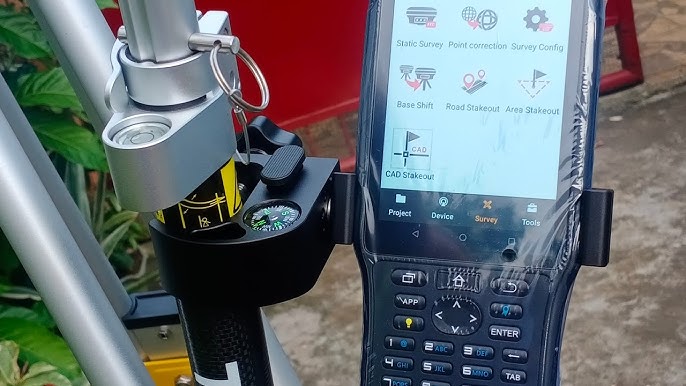Introduction
The Tersus Oscar Ultimate GPS unit is designed to provide high-accuracy positioning with ease of use and comprehensive documentation available online. This case study evaluates its performance in a practical environment, detailing the setup process, data collection, and results achieved in a campus-based trial.
Ease of Use & Documentation
One of the standout features of the Tersus Oscar Ultimate was its simplicity in setup and operation. The full documentation provided online, accompanied by detailed videos, made the configuration of various GPS settings straightforward, even for users with minimal experience. The step-by-step guides were clear and helped ensure that no essential settings were overlooked during the setup process.
Initial Trial & Data Collection
A trial was conducted on the university campus, where four points were collected using HRMS 1.3 and VRMS 1.6. These initial measurements demonstrated fairly accurate results, though there was room for improvement in precision. Technical support was contacted for guidance on applying the Ntrip protocol, a method to enhance GPS accuracy by using data from a network of base stations.

Technical Support & Ntrip Protocol Application
Tersus' technical support was responsive and provided clear consultation regarding the GPS unit's setup for better accuracy. However, even after applying the Ntrip protocol, the H/VRMS (Horizontal/Vertical Root Mean Square) did not fall below 5, which indicated that further refinements could be made to improve precision.
Due to time constraints, the final advice from technical support regarding unit precision was not implemented. Despite this, the collection of a larger dataset of 20 points proceeded in Rover mode, yielding results that were still within acceptable ranges for many field applications.

Data Transfer Process
Transferring the coordinate data from the GPS unit to a laptop was a seamless experience, thanks to the NUWA application. The online guidance made the process intuitive, ensuring no data was lost or incorrectly formatted during the transfer. This ease of use greatly contributed to the efficiency of the workflow.
Post-Processing & Accuracy Improvement
While the H/VRMS levels were not optimal during the initial field collection, the raw coordinate data will be post-processed using an RTK correction website to improve accuracy. This additional step should yield more precise coordinates for future use.
Conclusion
Overall, the Tersus Oscar Ultimate GPS unit proved to be a reliable and easy-to-use tool, especially when paired with its extensive documentation and responsive technical support. Although the desired level of accuracy wasn't fully achieved during the initial trial, the unit performed admirably in Rover mode, and further precision is anticipated after post-processing.
Given its straightforward operation, the Tersus Oscar Ultimate is a valuable asset for users needing a balance between ease of use and high precision, particularly in applications where advanced GPS settings are required.
Recommendation
The Oscar Ultimate GPS unit is recommended for both beginner and intermediate users who need accurate GPS data collection, particularly in field surveys. For those requiring sub-centimetre accuracy, it may be beneficial to allow additional time for applying technical support recommendations and to perform post-processing corrections.


Share:
Most affordable forward imaging solution for ROVs
The Future Of Drone Detection & Monitoring